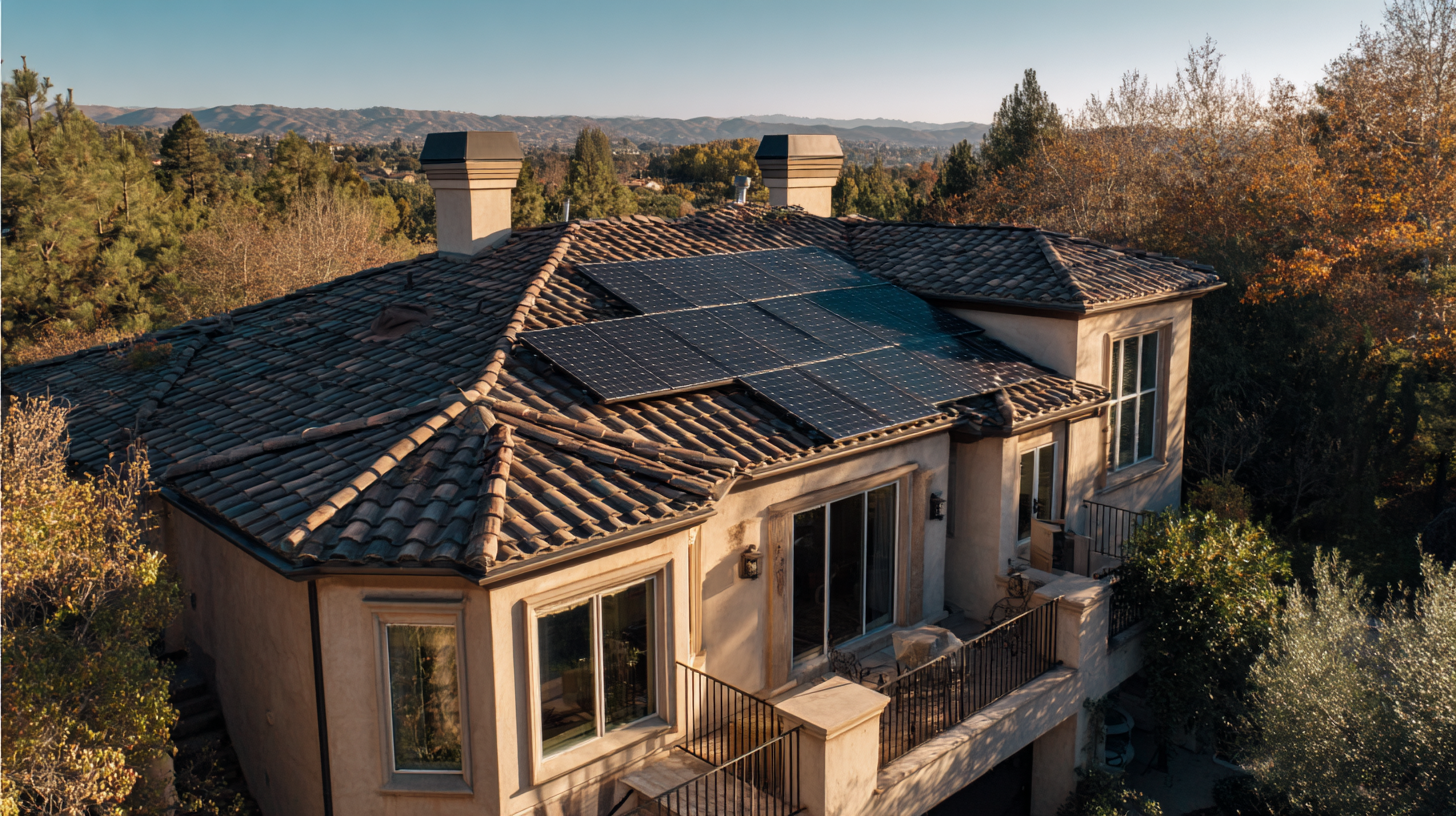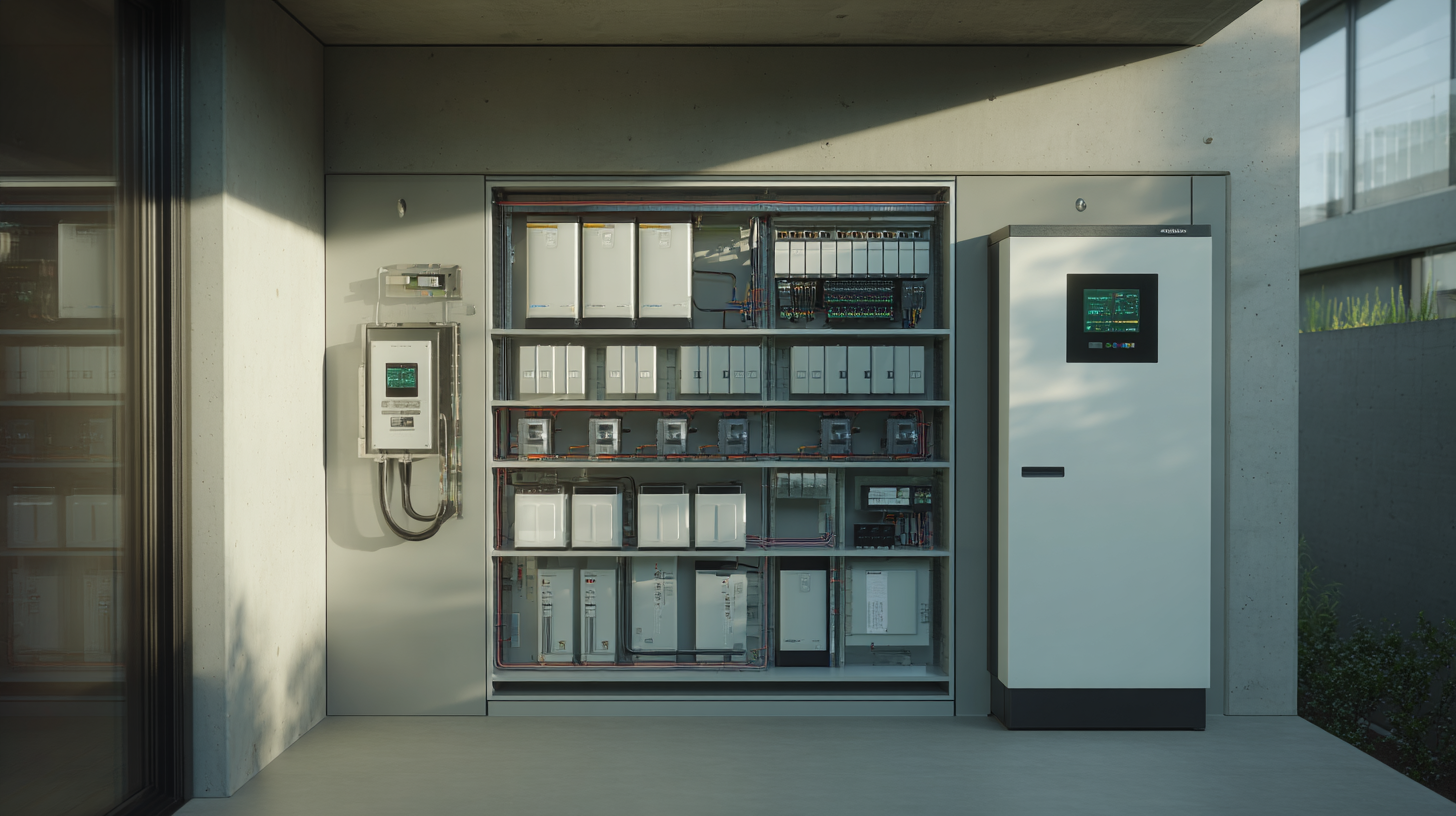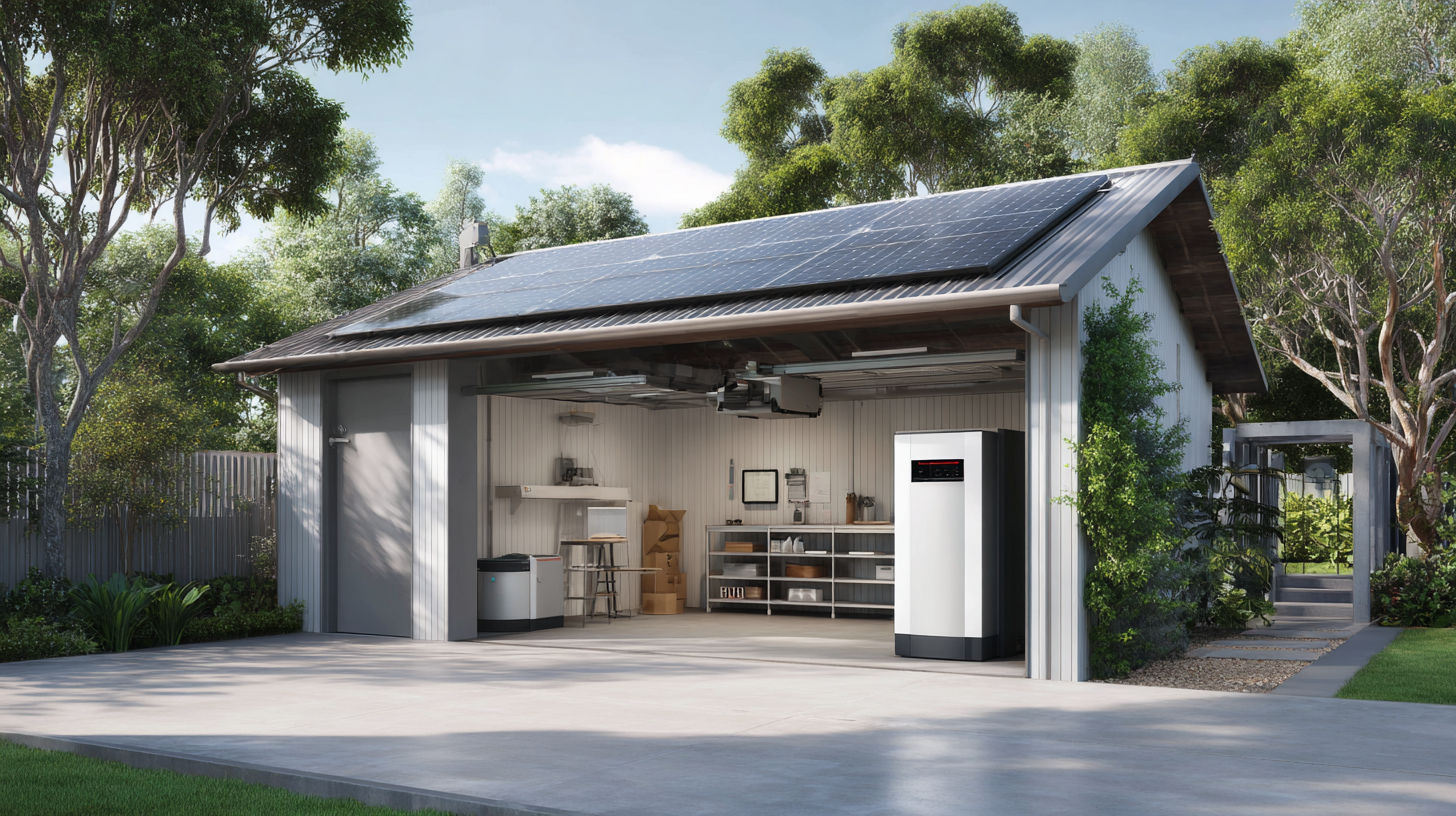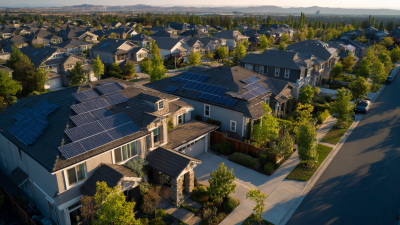In the pursuit of energy efficiency and cost savings, many homeowners are turning to home battery storage without solar as a viable solution. While solar panels are often touted as the go-to for harnessing renewable energy, there are numerous strategies to optimize battery storage systems independently of solar infrastructure. This ultimate guide will delve into the top strategies that can help you maximize your home's battery storage potential, even in the absence of a solar setup. From understanding energy consumption patterns to exploring time-of-use tariffs and grid incentives, we will equip you with the knowledge needed to make the most out of your investment in home battery storage. Whether you're seeking backup power during outages or aiming to reduce your utility bills, the insights provided here will illuminate how to effectively utilize battery capabilities to enhance your energy independence and resilience.

 Home battery storage systems are increasingly becoming integral to energy consumption in homes, especially for those looking to enhance their energy independence without relying on solar power. These systems store electricity during off-peak hours or when energy costs are lower and make it available during peak times, thus helping homeowners save on electricity bills. Home battery storage works by utilizing advanced lithium-ion technology to capture and retain energy, which can then power devices, provide backup during outages, or even charge electric vehicles.
Home battery storage systems are increasingly becoming integral to energy consumption in homes, especially for those looking to enhance their energy independence without relying on solar power. These systems store electricity during off-peak hours or when energy costs are lower and make it available during peak times, thus helping homeowners save on electricity bills. Home battery storage works by utilizing advanced lithium-ion technology to capture and retain energy, which can then power devices, provide backup during outages, or even charge electric vehicles.
The benefits of home battery storage extend beyond financial savings. These systems contribute to more efficient energy use, reducing the overall strain on the electrical grid. Moreover, homeowners can gain peace of mind knowing they have a reliable backup source during emergencies. Additionally, by strategically managing energy consumption and storage, families can lower their carbon footprint, making home battery storage a sustainable choice. Ultimately, investing in a home battery system empowers homeowners to take control of their energy consumption and enhances resilience in an ever-evolving energy landscape.
When considering home battery storage without solar, selecting the right battery is crucial for optimizing performance and efficiency. Key factors to weigh include battery chemistry, capacity, power output, and cycle life. Lithium-ion batteries, for example, have become the popular choice due to their high efficiency and longer lifespan, typically ranging between 2,000 to 7,000 cycles compared to lead-acid counterparts, which often last only 500 to 1,000 cycles. According to the U.S. Department of Energy, lithium-ion batteries can achieve up to 95% efficiency, significantly reducing energy losses during storage and retrieval.

Another important aspect is understanding the required capacity and power output. Homeowners should assess their energy needs and usage patterns to determine the appropriate battery size. The National Renewable Energy Laboratory suggests that an average household could benefit from a battery system ranging from 10 kWh to 15 kWh, depending on peak consumption and storage goals. Additionally, the ability of the battery to deliver power quickly—measured in kilowatts—will directly affect its effectiveness during high-demand situations. Investing in a battery that not only meets current needs but also allows for future scalability is essential for maximizing storage potential and ensuring long-term performance.
To maximize the usage of home battery storage without the integration of solar panels, efficient power management is essential. One effective technique is load shifting, which involves using stored energy during peak demand periods when electricity prices are highest. By strategically planning energy-intensive activities like laundry or dishwashing to occur during off-peak hours, homeowners can minimize costs and extend the lifespan of their battery systems.
Another important strategy is to monitor and control energy consumption through smart home technology. Implementing smart meters and energy management systems allows users to track their energy usage in real-time, identifying high consumption periods and making adjustments accordingly. Additionally, employing energy-efficient appliances can significantly reduce the overall demand on the battery, ensuring that stored energy is used optimally and delaying the need for grid reliance. By embracing these techniques, homeowners can create a more sustainable and cost-effective energy ecosystem, enhancing the utility of their battery storage.
This chart demonstrates various power management techniques aimed at maximizing battery storage usage in homes without solar energy systems. The data represents the estimated efficiency gains from different strategies.
As the demand for energy efficiency rises, the integration of home battery storage systems with smart home technologies has emerged as a pivotal strategy. Utilizing smart home systems allows homeowners to effectively monitor and manage their energy consumption in real time. According to a report by the International Energy Agency (IEA), smart home technology can reduce energy consumption by up to 30%, making it a crucial factor in maximizing the potential of home battery systems.
By synchronizing battery storage with smart devices, homeowners can automate energy usage during peak and off-peak hours. For instance, smart thermostats can adjust heating and cooling based on energy availability from the battery, optimizing energy use based on patterns monitored over time. A study by Navigant Research indicates that homes equipped with smart energy management solutions can see increases in energy savings of approximately 20%. This level of integration not only enhances energy efficiency but also extends the lifespan of home batteries by reducing unnecessary cycling, which can lead to faster degradation.
Furthermore, smart technology can enable predictive maintenance for battery systems, alerting homeowners to potential issues before they escalate. The global market for smart home technology is projected to exceed $150 billion by 2026, further substantiating the importance of adopting these systems for improved energy management and sustainability. Embracing these strategies can lead to a more efficient use of home storage batteries while contributing to a greener future.
| Strategy | Description | Expected Energy Savings (%) | Investment Required ($) | Time to Implement (Weeks) |
|---|---|---|---|---|
| Dynamic Load Management | Adjusts energy use based on battery level and demand. | 15-25% | 200-500 | 4 |
| Energy Monitoring Systems | Tracks energy usage and battery performance in real-time. | 10-20% | 150-300 | 3 |
| Automated Demand Response | Automated adjustments to energy settings during peak hours. | 20-30% | 300-600 | 6 |
| Smart Appliance Integration | Connects appliances to battery storage for optimized usage. | 25-35% | 250-700 | 5 |
| Time-of-Use Optimization | Uses energy during off-peak hours to save costs. | 15-20% | 100-200 | 2 |
As power outages become increasingly common due to extreme weather events and aging infrastructure, the importance of reliable backup solutions cannot be overstated. According to the U.S. Energy Information Administration, the average American experienced nearly eight hours of power interruptions in 2020, a figure that has been steadily rising. Home battery systems, independent of solar energy production, provide a practical answer to homeowners looking to maintain a continuous power supply during these disruptions.
Modern home battery systems, such as the Tesla Powerwall and LG Chem RESU, offer storage capacities ranging from 8 to 14 kWh, allowing households to store energy at lower utility rates for later use. A report by Bloomberg New Energy Finance indicates that residential battery adoption is expected to grow by 40% annually through 2025, highlighting the increasing confidence in these technologies. By leveraging time-of-use pricing and integrating smart home technology, homeowners can optimize their energy consumption, ensuring that critical systems remain powered during outages. Additionally, with advancements in battery efficiency, homes can increasingly rely on stored energy for longer durations, providing peace of mind in times of uncertainty.





